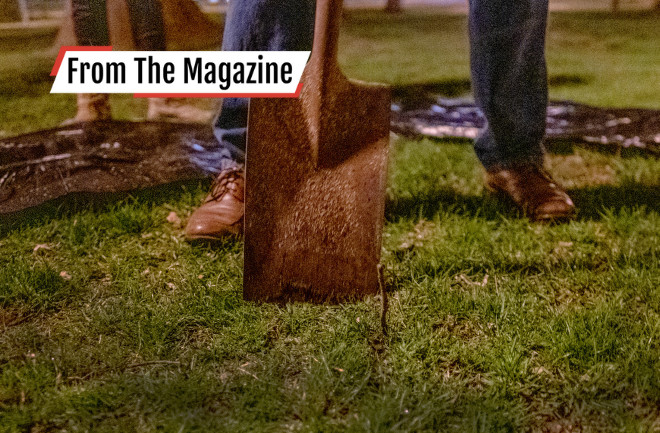They gathered in secret, in the dead of night. To find their way, they consulted a map originally drawn more than a century earlier, counting paces and triangulating their position with compasses. When they reached what they hoped was the right spot, they began to dig.
It sounds like something from a movie, but it’s a scene that has played out over and over in real life — and will again in about 17 years. The treasure-hunters are a group of scientists at Michigan State University, taking part in one of the world’s longest-running experiments. Instead of a chest of gold, their treasure is a vault of seeds buried in 1879. Their ongoing mission, passed down through the years, is to answer a seemingly simple question: How long do seeds retain the ability to grow?
Technically speaking, a seed is a plant embryo wrapped, along with a reserve of food, in a protective coating. It’s also a tiny bundle of potential: a blade of grass, a fragrant flower, a towering tree, neatly packaged and waiting until the conditions are right to grow. But seeds can’t wait around forever — after a while, they lose the ability to sprout.
“They’re strange because their job is to stay exactly the same, until they transform. It makes it really tricky to study them, because the best test we have for whether or not a seed can germinate is by trying to germinate it,” says Margaret (Grace) Fleming, an assistant professor at MSU’s Department of Plant, Soil and Microbial Sciences.







